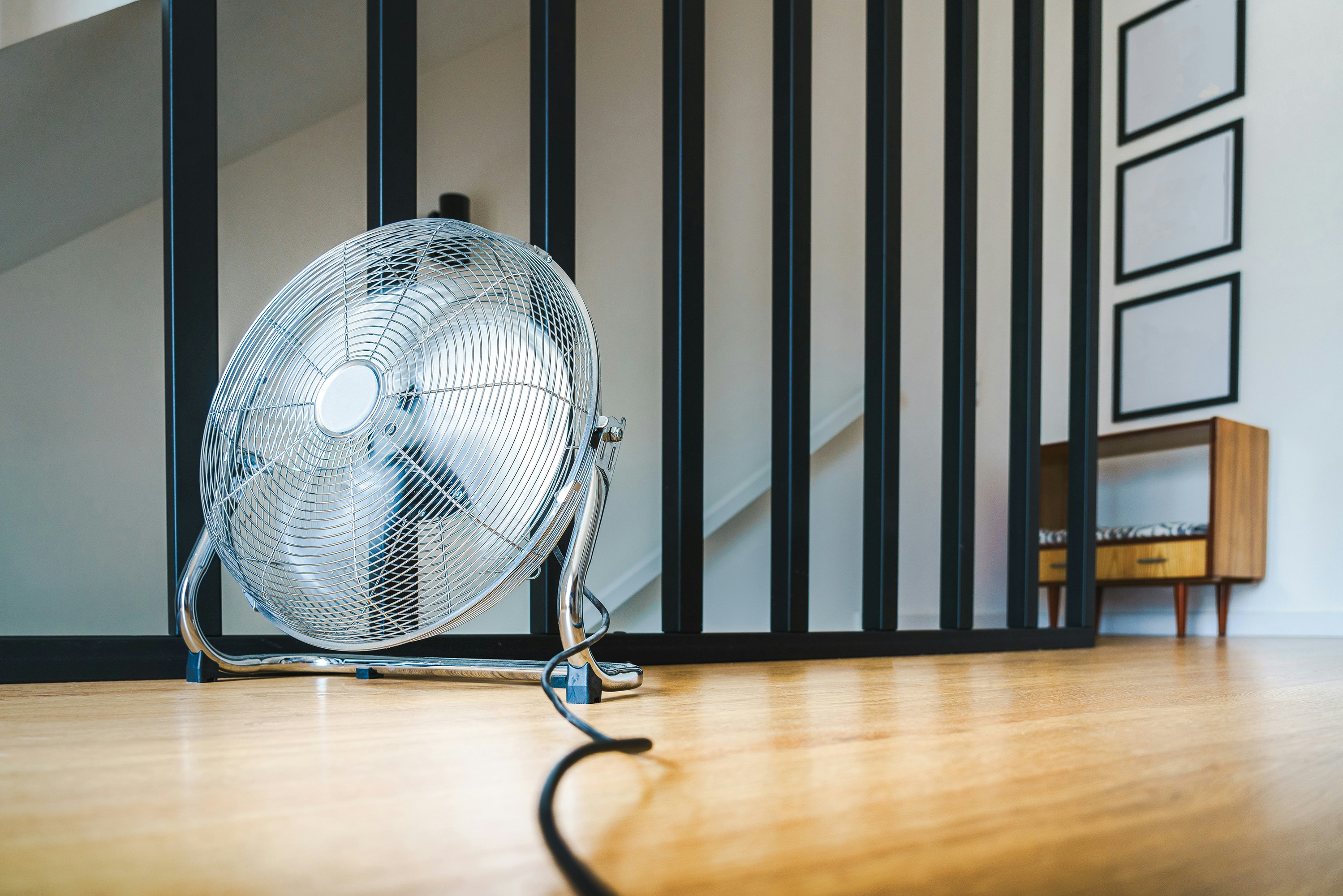
Heat Distribution Tips: Efficient Home Heating Using Fireplace

10% off on our Bioethanol Fireplaces. Subscribe Today!
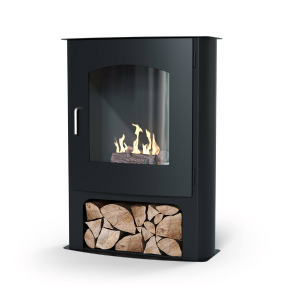
No matter how attractive your fireplace looks in your living room, if the heat it produces does not circulate effectively throughout your home, you’ll end up disappointed.
While fireplaces are not always designed to heat a whole house, you can certainly take steps to improve heat distribution. Fireplace positioning, the fuel you use, and even where you position your furniture can all make a difference in helping to circulate heat throughout your room and home.
Read on to learn what you can do to ensure fireplace heat spreads and distributes properly, warming everyone up through efficient heating and ensuring a cosy and comfortable experience for everyone.
How Does Heat Circulation Work?

First, it’s important to know a bit about the basics of heat circulation so you can take steps to improve distribution.
As the fireplace heats the air around it, the hot air rises to the ceiling, which is called convection. The fireplace also heats the room via radiation, where heat is transferred by electromagnetic waves. This radiates heat from the fireplace to the surrounding space, and nearby objects then absorb the heat.
Radiation heat is not easy to distribute because it mainly affects nearby objects. However, where convection is concerned, it’s easier to control heat circulation, leading to a more comfortable temperature in all areas of the room.
Here are eight steps you can take to enjoy optimal heat circulation in fireplaces.
1. Choose the Right Fireplace
Before we look at efficient fireplace heating techniques, one of the first things to do is choose the right fireplace for your home, especially in relation to its heat output.
The heat output varies depending on the design, the type of fuel it burns and its size. Heat output is measured in British Thermal Units (BTU), and it is more consistent when burning a fuel like gas or electricity. That’s why balancing heat output in gas fireplaces is often easier than when burning wood.
A large room requires a fireplace with a higher heat output, so this is the first thing to do before you take other steps. If the fireplace is too small and has a low heat output, it may not produce enough heat in the first place.
2. Position Your Fireplace Correctly
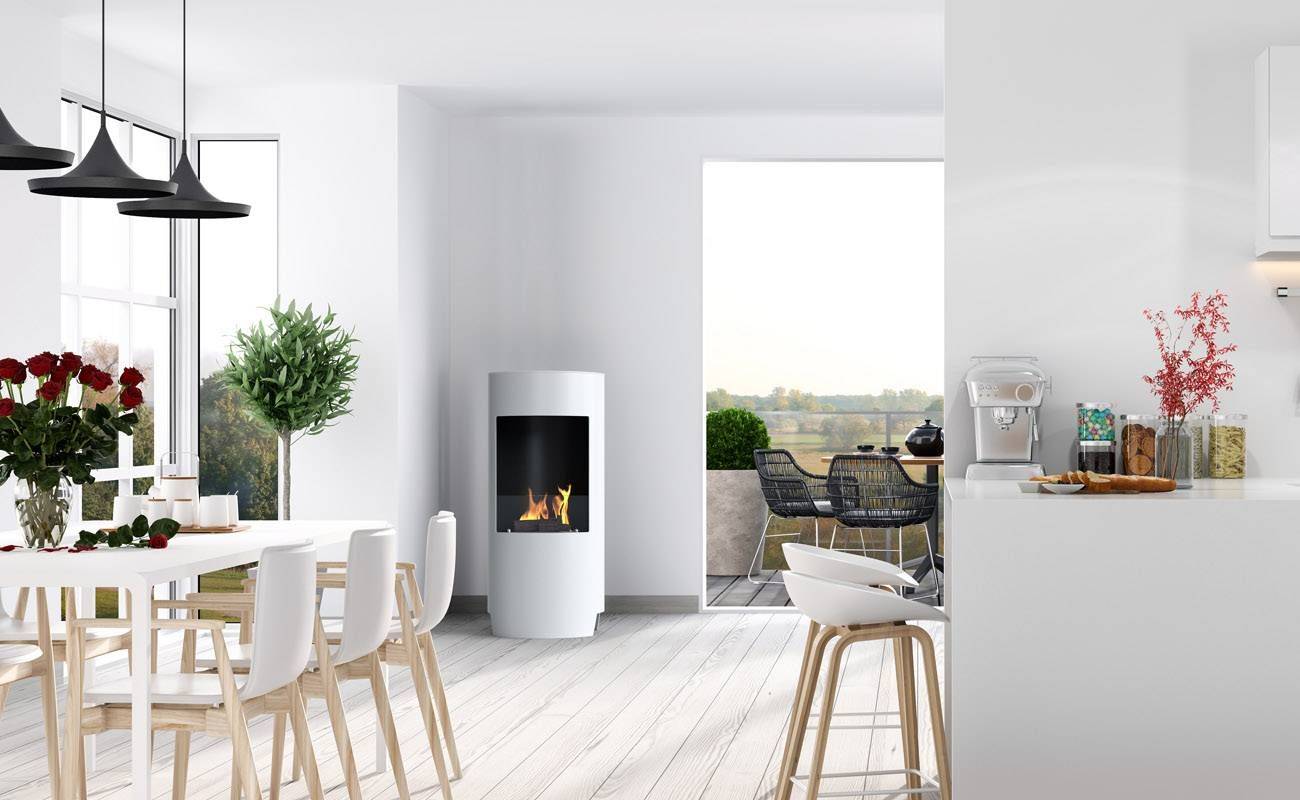
Once you’ve chosen the right fireplace for your room, you need to position it properly. An optimal location will help when it comes to circulating the heat effectively.
This typically means a central location in the room. If you want to heat your whole home, the central point of the home on the main floor is ideal. This will help the temperature to disperse more evenly to avoid cold areas.
3. Use High-Quality Fuel
Fireplaces use many different types of fuel. Whichever type of fireplace you have, invest in good quality fuel to heat your home more efficiently.
This is especially important with wood-burning fireplaces, where you should ideally use high-quality wood pellets or hardwood logs as your fuel source. These can increase the heat output and they also burn slower and for a longer time.
4. Position Furniture Strategically
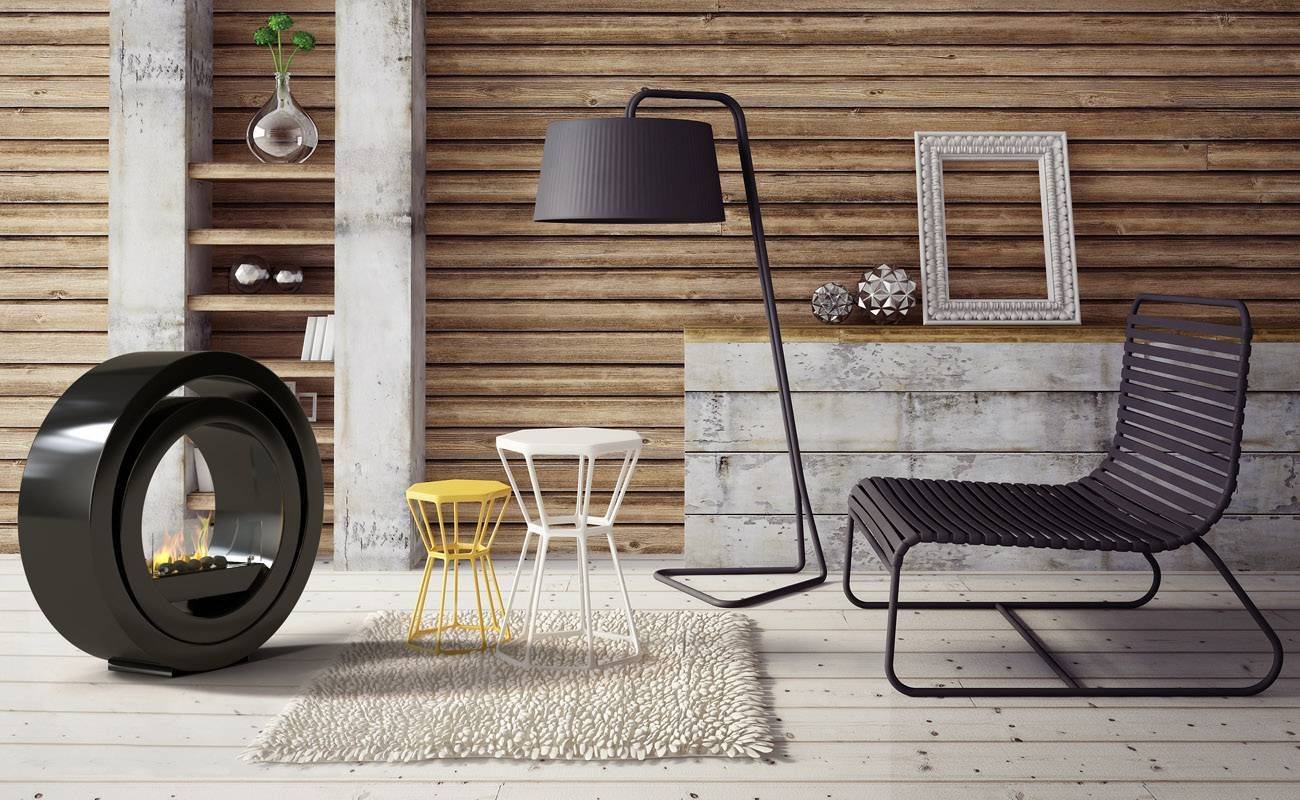
If you are using a good fireplace in the optimal position and with the right fuel, you’re well on your way to good heat distribution. Fireplace positioning and fuel are important, but there are other steps you can take to improve heat distribution.
Furniture, for example, can have a big impact on how effectively the heat from the fire circulates.
One of the big mistakes that people make is to obstruct the airflow with large items of furniture. This typically happens when you place a large chair or sofa right in front of the fireplace, which blocks the heat and prevents it from spreading evenly throughout the room.
Instead, keep your furniture a good distance away from the fireplace, and make sure there is enough space for the warm air to spread throughout the room.
5. Improve Insulation
You should also take steps to improve insulation in the room with the fireplace or in the whole property. If heat keeps escaping, you’ll never be comfortable, no matter how good your fireplace is.
Wall insulation and double-glazed windows will help, and you should also seal any drafts to help retain heat and make your fireplace more efficient.
Try to use soft furnishings too, like carpets instead of wooden floors. This will also provide insulation and help to keep the warm air inside the room.
6. Install a Ceiling Fan
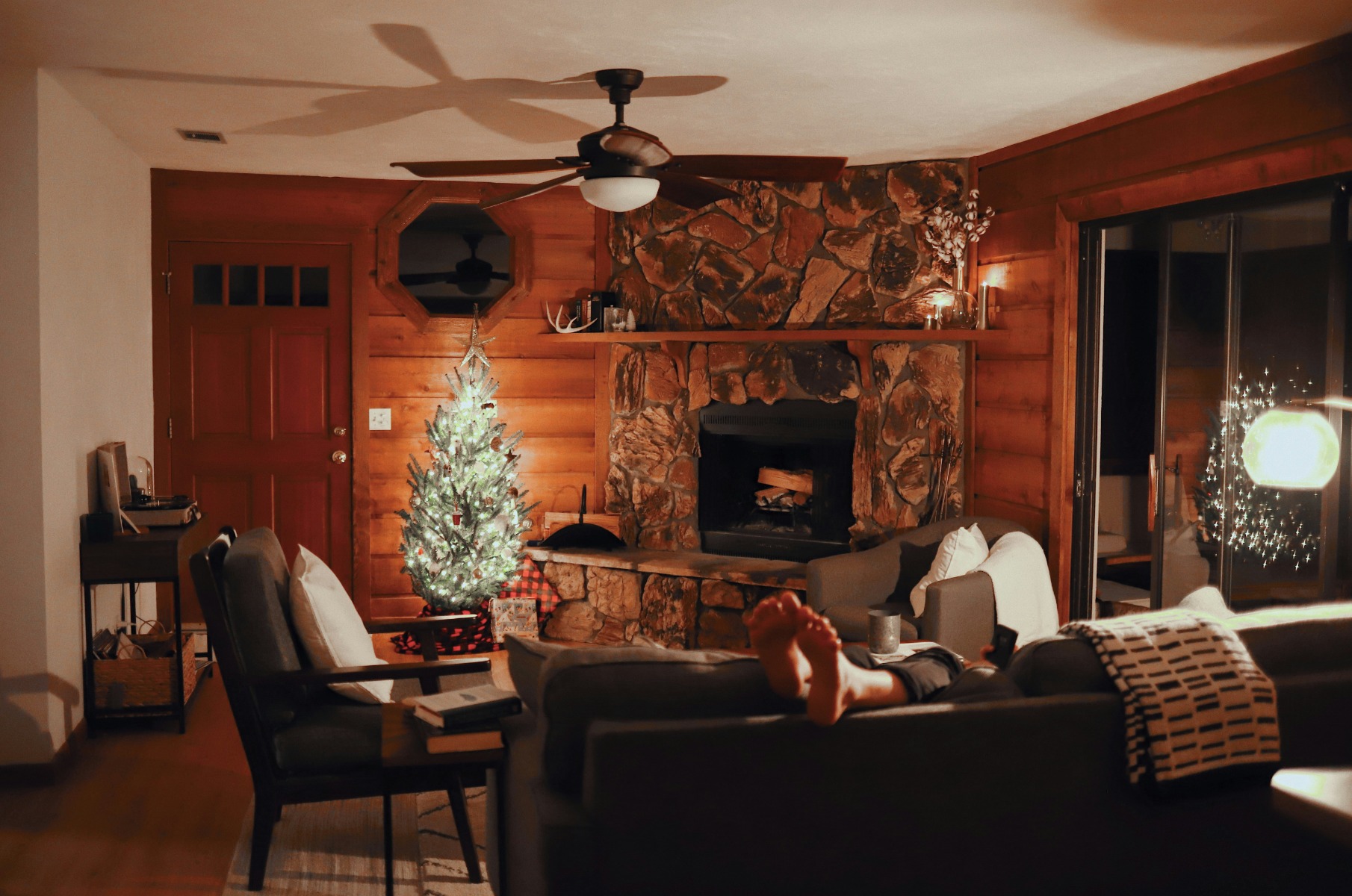
One of the simplest tips for even heat distribution with a fireplace is to install a ceiling fan.
Fans are used in hotter weather to keep you cool, but if you turn it on at the lowest speed and set it to turn in a counterclockwise direction, it can help to push the rising hot air back down, distributing it through the room more effectively.
7. Use a Stove Top Fan
Maximising warmth with fireplace techniques can also involve using a stove top fan. These work with many types of fireplaces, and they are an inexpensive option.
The fan is placed on top of the fireplace, and the fire’s heat is converted to electricity that powers the fan so there is no need for batteries or cables.
This then helps to distribute heat into the room so the hot air does not rise straight to the ceiling.
A stove top fan operates very quietly, but how effective it is will depend on the fireplace, the room size and the quality of the fan.
8. Use Other Accessories
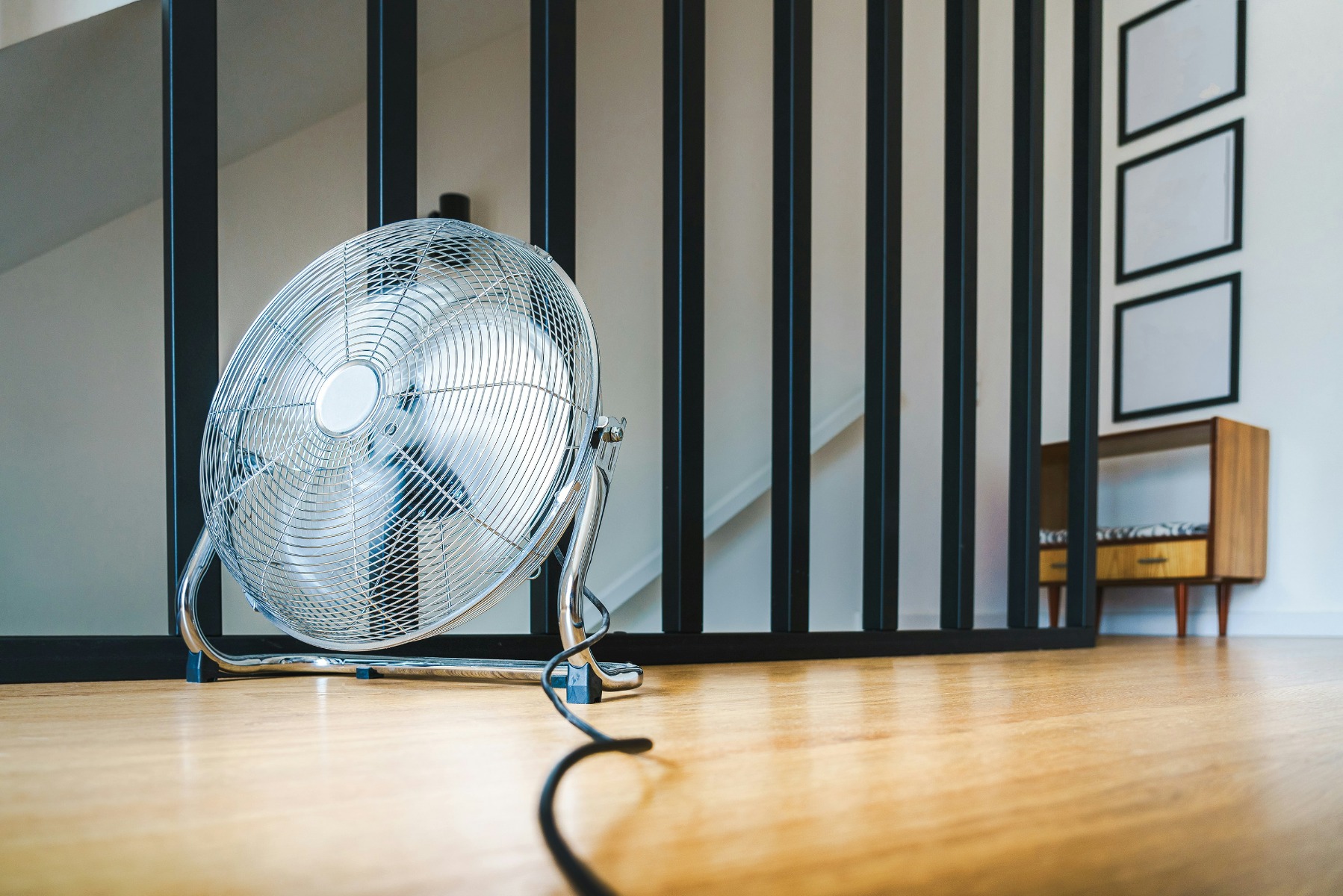
Blowers provide another way to increase circulation, and they can be useful in larger rooms.
Fireplace blowers, sometimes called fireplace inserts, are attached to the opening of the fireplace, and they are made from iron or steel. Sometimes they are installed in the actual fireplace.
They work by drawing cooler air in from the room and circulating it in the fireplace, then releasing it as warm air.
Floor fans can also be effective. These can be used to blow the warm air into other rooms by simply directing the fan where you want the heat to go. Keep it on a low setting and experiment with this option to see if you can distribute the heat more effectively.
Heat Your Home More Efficiently
These are some of the steps you can take to improve heat distribution at home.
Fireplace heat circulation is important for any home, but some of the tips above may be more effective than others depending on your home, its size, the shape of the rooms, and other factors.
Start by choosing the right fireplace and ensuring your home is well-insulated. Then try some of the techniques listed above like using a ceiling fan, a stovetop fan or moving the furniture, and enjoy better heat circulation in your home.


Leave A Reply
Your email address will not be published.